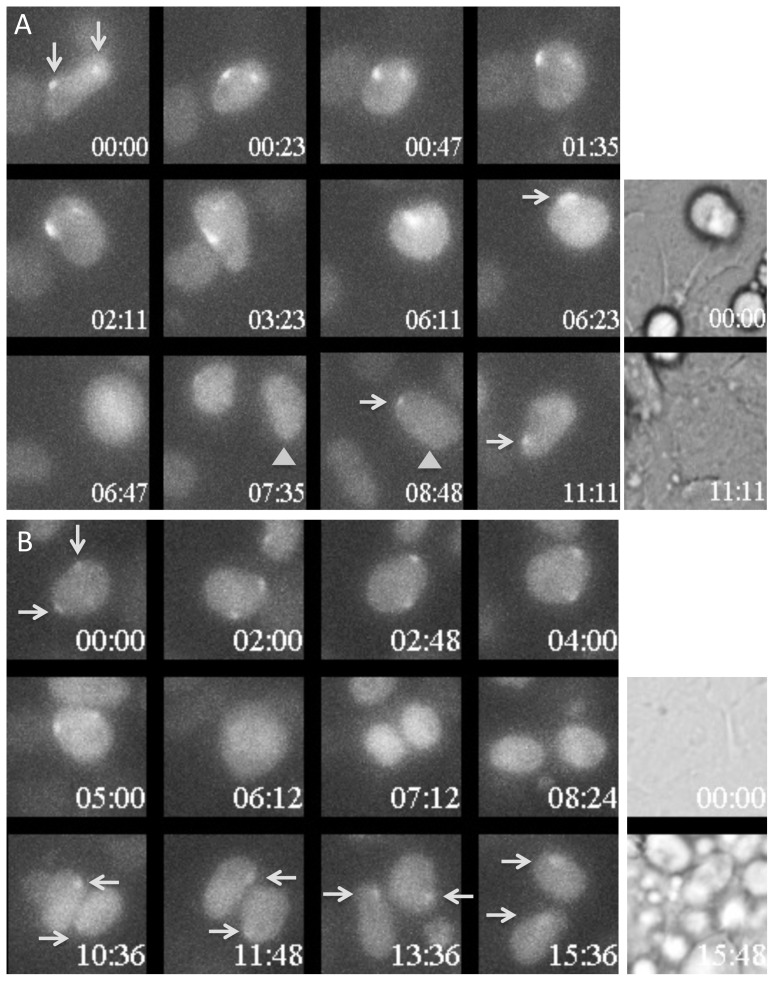Figure 4. Cells presenting two nuclear domains of accumulation of Ezh2-Venus demonstrate occasional instability in Ezh2-Venus recruitment.
In both A and B, the 12 left panels show wide-field fluorescent maximum projection images of Z-stacks in Venus channel at selected time points during differentiation of the Z8.1 ES cell line. Time is indicated relative to the start of the sequence shown (hours: minutes). The white arrows point to the Ezh2-Venus accumulation foci. When necessary, gray triangles allow unambiguous identification of the cell that could be followed in two successive panels. Transmission images at the start and the end of the sequence are shown in the two panels on the right. It was verified that the nuclei had been fully imaged in Z by examining individual plans of the Z-stacks. Full time-lapses corresponding to these stills are shown in S4 Video and S5 Video. A) The initial time in this sequence corresponds to 44 hours and 50 minutes after shifting from 2i plus LIF to EpiLCs culture conditions. In this cell with two fluorescent territories (arrowed), one of the two Ezh2-Venus territories of accumulation faded away with a 6 hours time course. 3 hours and 30 minutes after mitosis, one of the daughter cells still presented a single fluorescent territory (arrowed). B) The initial time in this sequence corresponds to 42 hours and 35 minutes after shifting from 2i plus LIF to EpiLCs culture conditions. Daughter cells exhibited only a single Ezh2-Venus territory of accumulation over more than 6 hours despite the fact that the mother cell had two domains (arrows).

